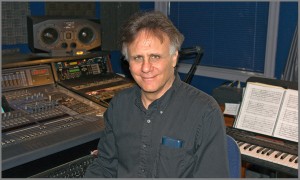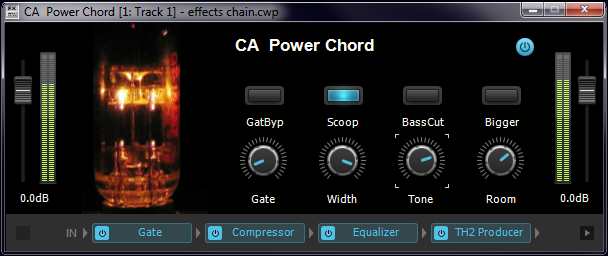Tuning your guitar differently can produce some incredible new sounds for the creative process. Open tunings in particular produce shimmering and complex overtones when you play with a lot of open strings. Here is a quick rundown on four different tunings for you to experiment with when you’re looking for a bit of inspiration.
Standard Tuning
First you have the good old Standard tuning that everyone uses. This tuning is mostly in fourths and is called “Standard Tuning” because every guitar comes stocked with it’s strings tuned to E A D G B E.
Playing a major shape in this is tuning is rather easy and introduces the use of the “power chord”. To constructively show off the different tunings I’ve used a progression of G, A, Bb, A as a reference for the rest of the tunings. The major shape in this tuning looks and sounds like the following:
DADGAD
DADGAD is my personal favorite alternate tuning due to it’s suspended sound. The stacked 5ths and suspended 4th produce an incredible harmonic series above just about any passages you play.
The easiest way to get your guitar to DADGAD f Continue reading “Guitar Tips: Open Up Your Guitar Tunings”


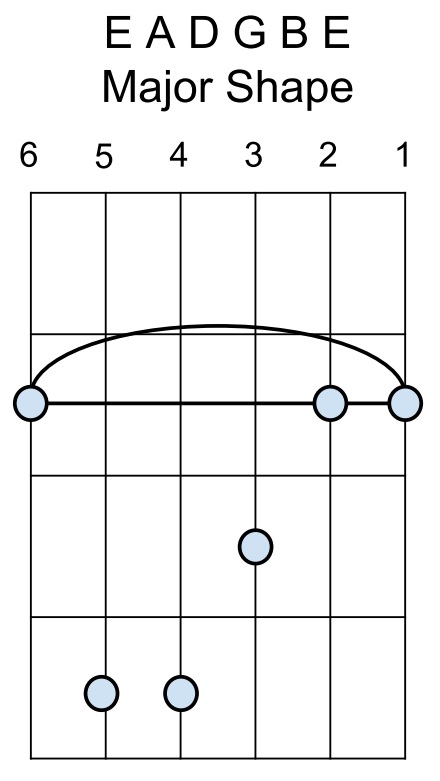

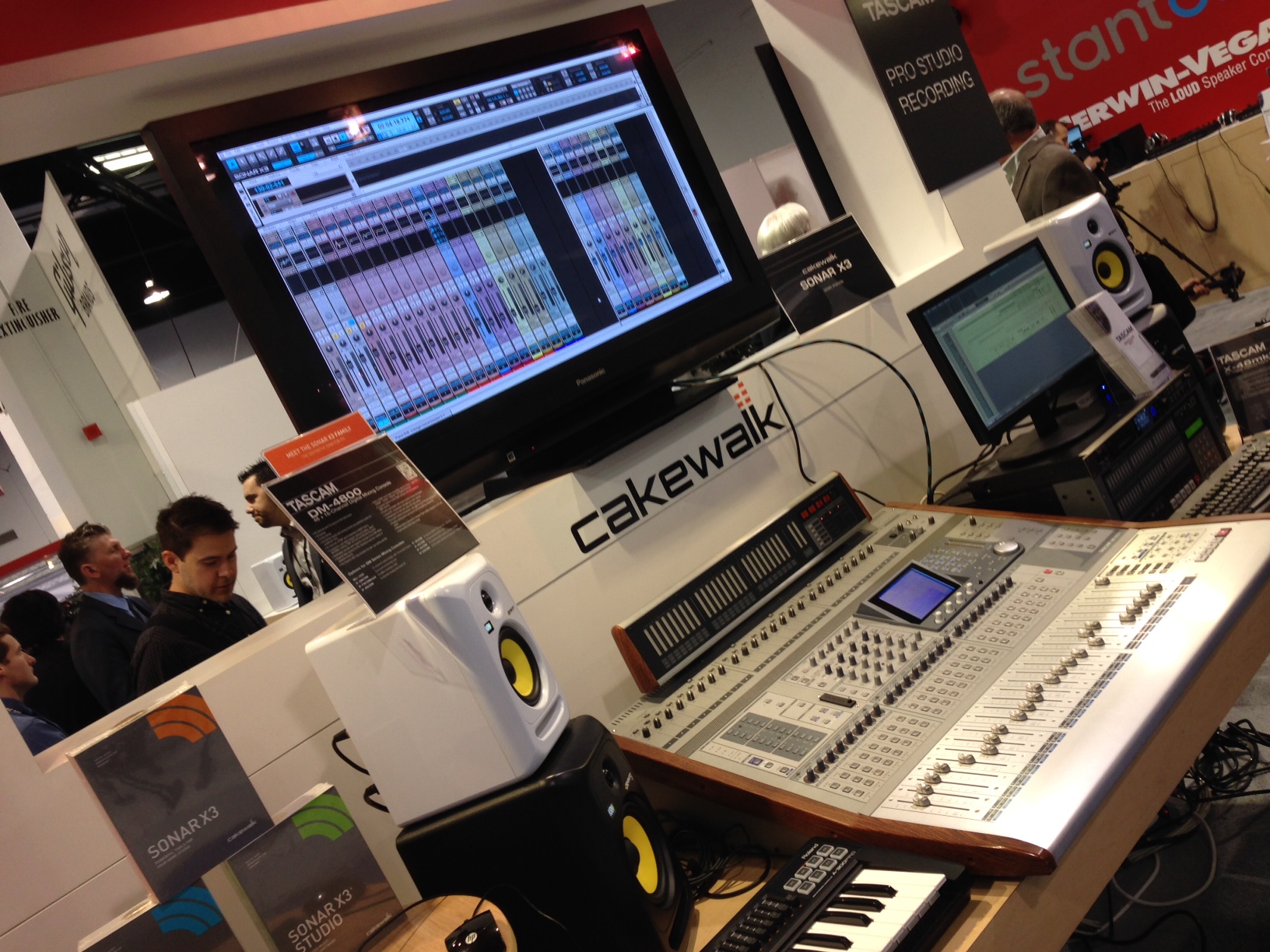

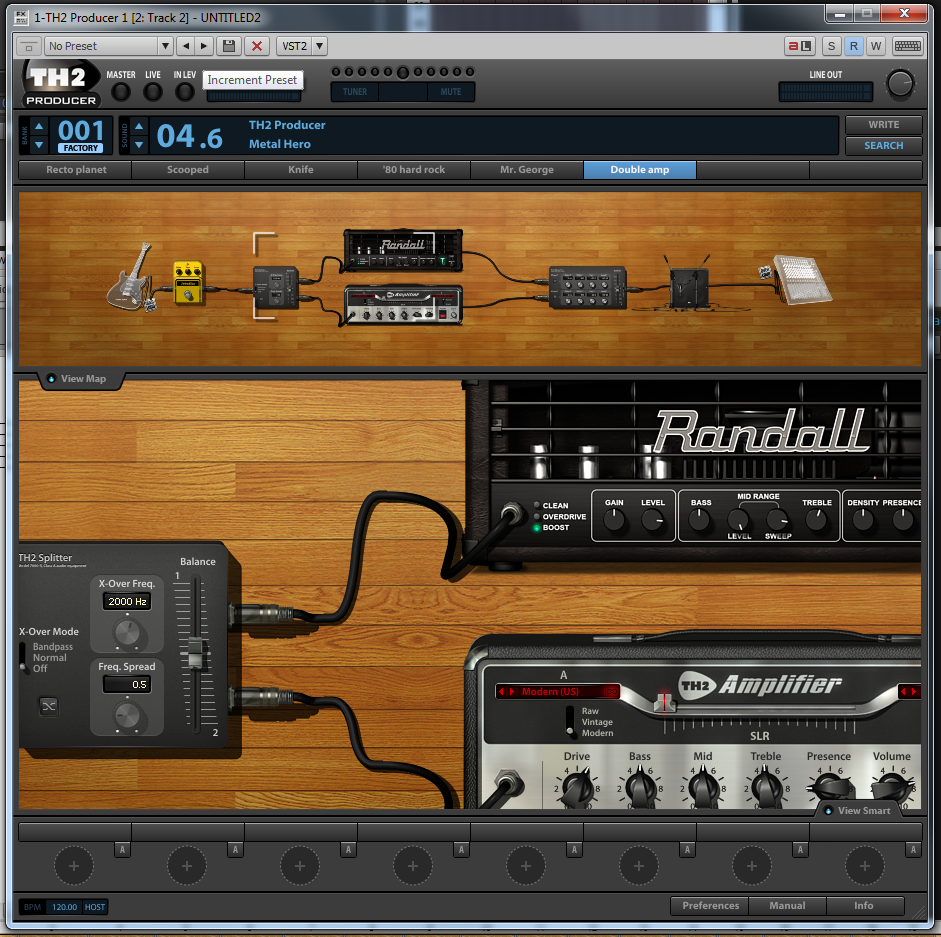

 Robotics
Robotics the place to get a good idea of the direction of mainstream-robots of the future. I saw everything from human-like robots to ones that look more like something that could dig up your yard.
the place to get a good idea of the direction of mainstream-robots of the future. I saw everything from human-like robots to ones that look more like something that could dig up your yard. 